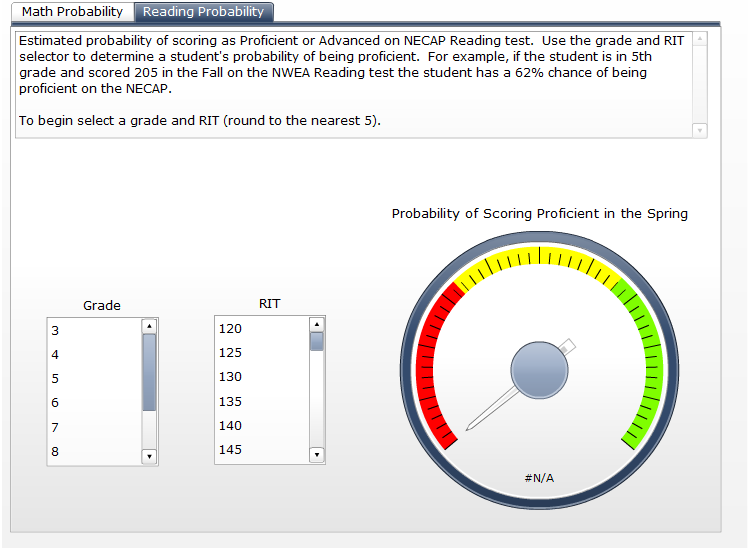Interesting article in EdWeek on late hires (those hired after Labor Day). The study concluded that late hires are twice as likely to leave their schools—or the profession altogether—within a year. This quickly brought me back to a book I read a little over a year ago: Who: the A Method for hiring. The advocates for a clear hiring method that includes a scorecard, sourcing plan, selection method, and selling strategy.
Scorecard. The scorecard is a document that describes exactly what you want a teacher to accomplish in their role. It is not a job description with required credentials, but rather a set of outcomes (possibly even test scores) and competencies that define a job done well. By defining A performance for a role, the scorecard gives you a clear picture of what the teacher you seek needs to be able to accomplish. It helps the applicants and the hiring manager come to immediate understanding of what is desired.
Source. Finding great teachers is hard for urban school districts, but it is not impossible. Systematic sourcing before you have slots to fill ensures you have high-quality candidates waiting when you need them. In my last district I strongly advocated for ditching the hiring fairs as a method and instead calling on the placement deans at good education schools much earlier (maybe the fall). Create buzz at the school early with a dog and pony show. Get names of the best and the brightest directly from the dean. Invite them to apply. Make the application process thorough and competitive.
Select. Selecting talent in the A Method involves a series of structured interviews that allow you to gather the relevant facts about a person so you can rate your scorecard and make an informed hiring decision. These structured interviews break the voodoo hiring spell. Might also try to use a screening method. I am currently working on a screening tool that will allow our district to increase the probability of hiring an effective teacher by comparing survey responses with outcomes in the classroom.
Sell. Once you identify people you want on your team through selection, you need to persuade them to join. Selling the right way ensures you avoid the biggest pitfalls that cause the very people you want the most to take their talents elsewhere. It also protects you from the biggest heartbreak of all—losing the perfect candidate at the eleventh hour. Do something innovative in the sales process. In my former district we could not compete on salary. You had to want to be a part of the team. The sales pitch had to be around being part of an interesting changing environment.
In my experience school districts do not have anything close to a scorecard for their teachers, source in the worst possible way (hiring fairs) and rarely have a good handle on their openings in the future, and select using a variety of unproven methods that rarely require a demonstration of teaching ability (classroom observation). Instead, districts focus on what sets them apart in terms of compensation or location. Districts think far more about the sales job than what they need for their students. If districts and schools used a more systemic and thorough approach to hiring based on the A Method they would already have deep in roads to pools of talent at universities (not waiting for hiring fairs), they would have well defined needs which would help them match and retain teachers (because everyone knows what they were getting into), and they would be able to more readily implement a rigorous hiring process. Yes, late hiring might still be a problem in some cases, but districts and schools that are experiencing it now have to work to reduce that problem by being more systemic.


